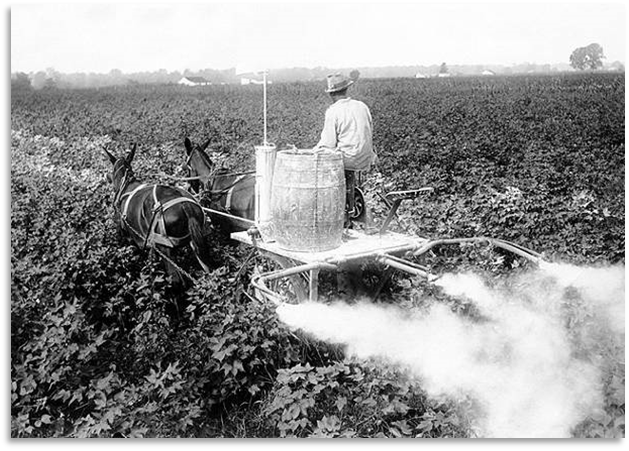
|
|
|
|

|
|||
|
|
|||
|
With the produce season winding down and the melon season getting started, now is a good time to review the insecticide chemistries that are commonly used on desert crops to control insect pests. This is important. To sustain the insecticide efficacy that annually provides PCAs and growers with cost-effective crop protection requires a conscious effort to prevent insecticide resistance. Over the past 20 years, the Agrochemical Industry has developed and brought to the market an unprecedented number of new chemistries that are highly effective, selective and more safe than their chemical predecessors. These include the neonicotinoids, spinosyns, tetramic acid derivatives and diamides to name a few. However, the development of new chemistries has slowed a bit, and older chemistries are continually being phased out of the marketplace (don't forget, we lost endosulfan last summer). Thus, it is imperative to sustain the efficacy of these newer IPM tools currently available, and makes insecticide resistance management (IRM) more important than ever. The most fundamental approach to IRM is to minimize the selection of resistance to any one type of insecticide. Historically, alternating or rotating compounds with different modes of action has provided sustainable and effective IRM in our desert cropping systems. The Insecticide Resistance Action Committee (IRAC), a coordinated crop protection industry group, was formed to develop guidelines to delay or prevent resistance. Using their most recent IRAC MoA Brochure we have produced a table which provides Insecticide Modes of Action on Desert Produce and Melon Crops. We also provide general information on the route of activity and pest spectrum for each chemistry. These classification lists will provide you with an additional set of guidelines for the selection of insecticides that can be used in desert IPM programs.
Remember: “ When in Doubt…… Scout”
Click picture to listen to John
To contact John Palumbo go to: jpalumbo@ag.arizona.edu |
|||
| Back | |||
|
For questions or comments on any of the topics please contact Marco Pena at the Yuma Agricultural Center.
|
|||
|
Home |
Cotton | Veggies |
Forages | Grains
| Citrus |
Crop x Crop Insects | Diseases| Weeds | Pesticides | Economics | News | Weather | Research | Photos | Contacts | General Info. Copyright © 2001 University of Arizona, College of Agriculture and Life Sciences Webmaster: Al Fournier (acis@ag.arizona.edu) |
|||

